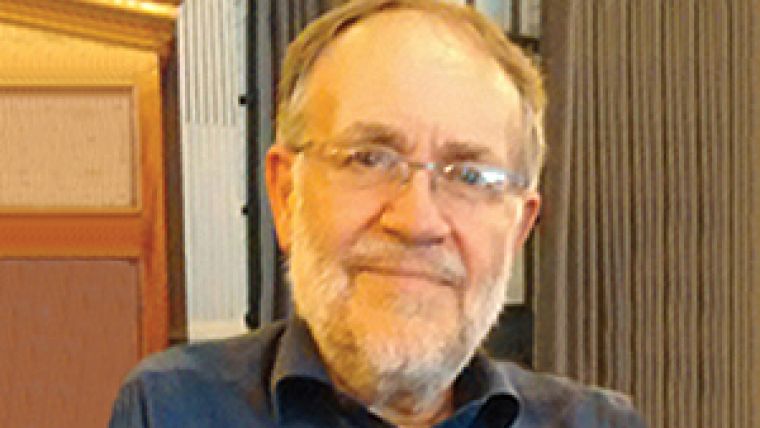All Change Ahead, So Where’s the Prosecco?
This article was originally published in Geomatics World.
A refreshed layout, a strong focus on new technology and applications for existing ones kick-start the new year.
Welcome to 2017 and a refreshed Geomatics World. The first issue of the year is all about the tools of our trade. With a strong technology focus, we take a close look at three significant developments in laser scanning: mobile, miniature and total station integration. In their own way, each one charts the way ahead for the next few years.
But we are seeing other interesting developments in the supplier market. The manufacturers, worried perhaps that their technology has become so accurate and reliable that sales will fall, are developing new revenue streams. Welcome to the cloud: here’s the sensor, it’s very modestly priced and oh, did we mention you’ll need a subscription to our partner’s cloud services to process and store the data? So, is the sensor just a loss leader? It’s all going a bit like desktop printers, which are ridiculously cheap; except when it comes to consumables. It’s not just about monetising, it’s creating a reliable cash stream from which customers will be reluctant to stray. So, could we do it for surveying deliverables? Now there’s a challenge.
The specialised world of rights to light has not (yet) experienced these problems. But this is a significant and growing area of practice for geomatics. As we build ever closer and higher to existing developments conflicts arise with neighbours whose properties lose daylight or are overlooked; like the disastrous development at the Tate Modern on London’s south bank where a new viewing platform allows visitors to peer into an adjacent apartment block. Better the architects had run the proposals through Maltby’s software. Read more on pages 18 and 20.
During the coming year, we shall doubtlessly continue to report on new applications for data capture from existing technologies. An interesting one is the potential for accurate geodata capture from a smartphone. Trimble already has an app which, when connected to a simple GNSS antenna, puts centimetre positioning capability in your hand. But why collect point data? Better just to capture imagery with your phone and use time-honoured photogrammetry to get the data. Turn to page 14 for how Costain are doing just this on a major London development.
Turning to interesting applications, Luca Zanchetta and David R. Green and colleagues at the University of Aberdeen have been testing the suitability of UAVs to capture data in a variety of applications. Their latest involves an Italian vineyard (hey, it’s Prosecco time again!) but see also the latest edition of GIS Professional (December 2016 page 24) for one about river habitat monitoring for fish breeding including the use of a thermal imaging sensor. For more on the Italian vineyard story turn to page 26.
Staying with our sister publication GIS Professional, the latest issue (December 2016) has a full report of the AGI’s GeoCom16 conference, Why location matters in data analytics held at the Royal Geographical Society last November. There were some sparkling presentations on topics like block-chain computing, green corridors in city planning, and the impact of Big Data on aspects like geology, UAV applications, the weather and combating hunger.
So there you have it, another busy year ahead of change and I haven’t even mentioned Brexit. But don’t worry, you haven’t escaped; Carl Calvert provides some timely guidance on a certain case in the Supreme Court, see page 35.
This article was published in Geomatics World January/February 2017

Value staying current with geomatics?
Stay on the map with our expertly curated newsletters.
We provide educational insights, industry updates, and inspiring stories to help you learn, grow, and reach your full potential in your field. Don't miss out - subscribe today and ensure you're always informed, educated, and inspired.
Choose your newsletter(s)
























